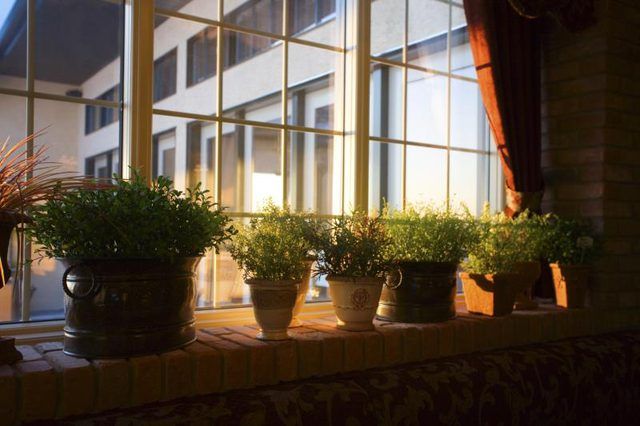Bulbs
Flower Basics
Flower Beds & Specialty Gardens
Flower Garden
Garden Furniture
Garden Gnomes
Garden Seeds
Garden Sheds
Garden Statues
Garden Tools & Supplies
Gardening Basics
Green & Organic
Groundcovers & Vines
Growing Annuals
Growing Basil
Growing Beans
Growing Berries
Growing Blueberries
Growing Cactus
Growing Corn
Growing Cotton
Growing Edibles
Growing Flowers
Growing Garlic
Growing Grapes
Growing Grass
Growing Herbs
Growing Jasmine
Growing Mint
Growing Mushrooms
Orchids
Growing Peanuts
Growing Perennials
Growing Plants
Growing Rosemary
Growing Roses
Growing Strawberries
Growing Sunflowers
Growing Thyme
Growing Tomatoes
Growing Tulips
Growing Vegetables
Herb Basics
Herb Garden
Indoor Growing
Landscaping Basics
Landscaping Patios
Landscaping Plants
Landscaping Shrubs
Landscaping Trees
Landscaping Walks & Pathways
Lawn Basics
Lawn Maintenance
Lawn Mowers
Lawn Ornaments
Lawn Planting
Lawn Tools
Outdoor Growing
Overall Landscape Planning
Pests, Weeds & Problems
Plant Basics
Rock Garden
Rose Garden
Shrubs
Soil
Specialty Gardens
Trees
Vegetable Garden
Yard Maintenance
What Is a Plant Runner?
What Is a Plant Runner?. A plant runner isn't someone who runs with plants -- rather, it's a term that describes the growth habit of certain plants. In fact, the name is apt, because such plants can sometimes get away from you due to their rapidly spreading growth. Plant runners are a special type of above-ground stem that usually creeps just above...

A plant runner isn't someone who runs with plants -- rather, it's a term that describes the growth habit of certain plants. In fact, the name is apt, because such plants can sometimes get away from you due to their rapidly spreading growth. Plant runners are a special type of above-ground stem that usually creeps just above the surface of the soil.
Why Plants "Run"
Many plants reproduce by scattering seeds. Other create pups, or babies. Still others send out runners, which are above-ground shoots. In most cases, the runners contain growth nodes, which sprout roots. Then, the daughter plant develops, and the runner becomes an above-ground, horizontal stem that connects the two plants. Runners are sometimes called stolons, but there is a slight difference between the two: Runners are not usually self-sustaining because they do not have leaves, or if they do have leaves, they are not large enough to create food for the plant.
"Running" Free
Mother plants send out these runners in all directions, which gives them the best chance of survival. And as each daughter plant takes root and grows, it eventually too sends out runners, until the entire area is overtaken by mature plants. This can be desirable -- many turf grasses create runners, forming lush, dense mats. But in other cases, the running plants might invade flower beds and become a nuisance. For this reason, many running plants are either grown in hanging baskets or in containers designed to limit their ability to spread.
Controlling "Runaway" Plants
The best way to control a plant that spreads with runners is to physically block the runners. Containers work well because you can see and clip the runners off before they reach the ground. In some cases, home gardeners can use the clipped runners to start new plants, as long as they make sure to include a growth node -- usually a little bump or joint -- when they clip it off. It's sometimes difficult to remove all runners from plants on the ground, however, as many root very easily. Even leaving one small section behind can be a big problem come the following spring, especially in the case of invasive weeds.
Common "Runners"
Strawberries (Fragaria spp.) are probably one of the most common types of running plants. Hardy in U.S. Department of Agriculture plant hardiness zones 3 through 10, they are prized for their ability to spread quickly, although many home gardeners grow them in special strawberry pots for that very reason. Bermuda grass (Cynodon dactylon) is a running plant that is usually considered invasive and a nuisance, although some cultivars are used as turf grasses. It is hardy in USDA zones 7 through 10.